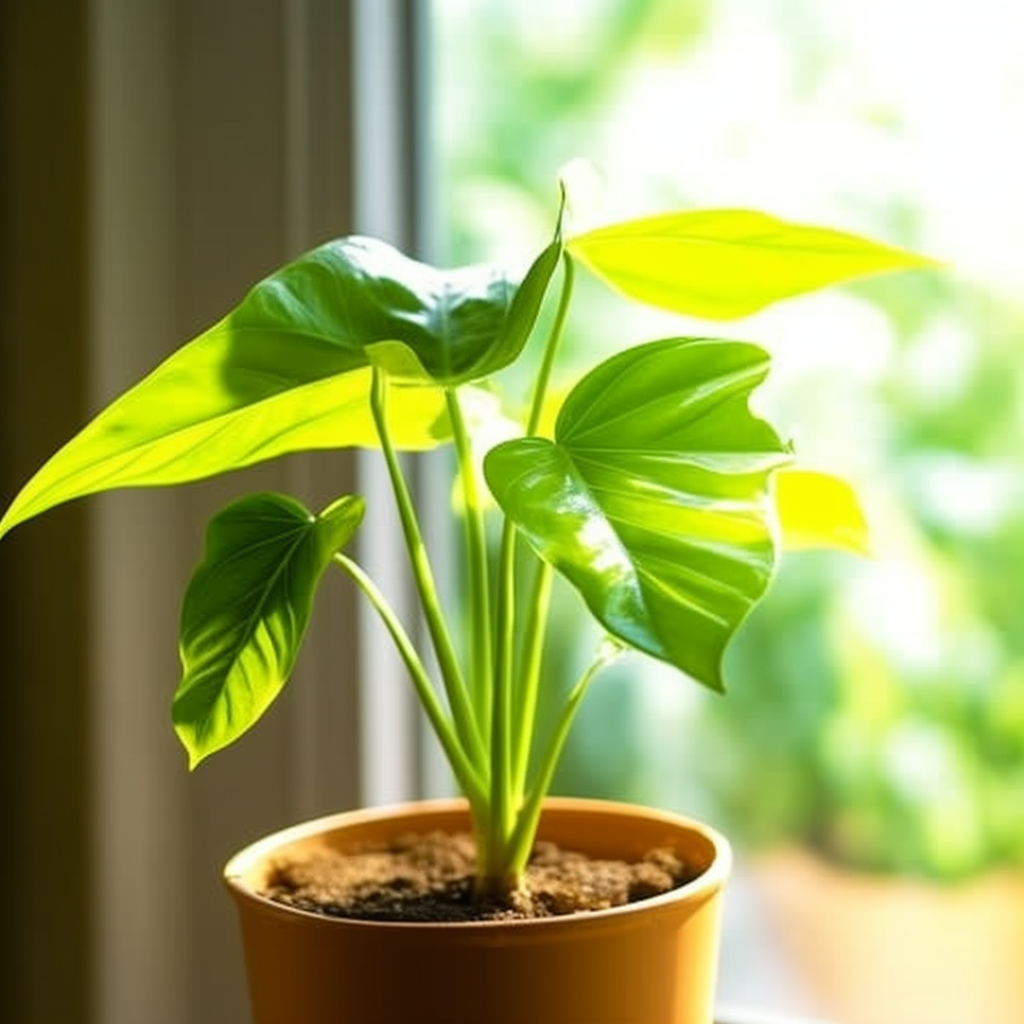Story of Day :
Contents
The Philodendron Plant: A Complete Guide and Care Tips for Your Indoor Garden
If you are looking for a low-maintenance, attractive plant for your indoor garden, the philodendron is an excellent choice. This tropical plant is easy to care for and adds a touch of greenery to any room. In this article, we will provide you with a complete guide on how to care for your philodendron plant.
What is a Philodendron Plant?
A philodendron is an evergreen tropical plant that belongs to the Araceae family. Its name comes from the Greek words “philo” (love) and “dendron” (tree), which means “loving tree.” The philodendrons are native to Central America and South America but have become popular houseplants worldwide due to their attractive foliage.
Types of Philodendrons

- Heart-leaf Philodendrons: Heart-leaf philodendrons have heart-shaped leaves that grow up to 3 inches long. They can be grown as climbers or allowed to trail.
- Xanadu Philodendrons: Xanadu philos are bushy plants with large shiny leaves that grow up to 18 inches long. They are perfect for dense indoor planting schemes or as border plants in shady outdoor areas.
- Selloum or Tree Philo: Selloum has glossy deeply dissected leaves that give it an elegant look. It’s well-suited as a focal point in spacious rooms due its mature size of up five feet tall by four feet wide
Caring For Your Philodenrdon Plant
Light Requirements
Philodendrons prefer bright, indirect light. Direct sunlight can damage the leaves and cause them to turn yellow. A north-facing window is an ideal spot for your philodendron plant. If your philodendron isn’t getting enough light, it may become leggy and produce smaller leaves.
Watering Requirements
The watering requirements for philodendrons depend on several factors such as temperature, humidity levels, and pot size. In general, you should water your philodendron once a week during the growing season (spring and summer) and once every 10 days in the dormant season (fall and winter). Do not let the soil dry out completely between watering sessions as this can cause stress to the plant.
- Water Quality: Philos are sensitive to minerals present in tap water which leads to brown edges on leaf tips .To avoid this issue use distilled or rainwater that is free of chlorine or other harmful chemicals.
- Potting Mix: The potting mix should be well-draining but retain moisture; Use a mixture of peat moss,coco coir perlite, vermiculite or sand . The addition of some organic fertilizer would be beneficial
Humidity Requirements
The tropical humidity levels are preferred by Philodenrdons but can tolerate low humidity indoors.Humidity levels below 50% could lead to dry leaves which makes it important to maintain adequate indoor humidity levels while growing Philodenrdon plants .Misting with clean water will help boost local humidty around each plant , placing pebbles with few inches of clean water beneath planter also improves air moisture around plants .Also grouping few house plants together in a well lit corner could improve humidity levels.
Temperature Requirements
The Philodendrons thrive in consistent warm temperatures of between 65-80 degrees Fahrenheit that is common indoors but doesn’t tolerate drafts, dry air or sudden temperature changes. Ensure the room is well ventilated but not with direct exposure to cold air from windows or doorways.
Fertilizing Requirements
Philodendrons love to be fed during the growing season with regular fertilization . Use organic fertilizer once every two weeks to provide nutrition that can help your plant grow and stay healthy. Fertilizers rich in nitrogen are great for promoting foliage growth .However, make sure you don’t over-fertilize as this could lead to salt build-up around roots and cause damage.
Common Problems With Philodendron Plants
- Pest Infestation:The most common pest issues affecting philodenrdon plants are spider mites , mealybugs and scale insects. Regular cleaning of leaves with mild soap solutions helps prevent pests infestations.Use natural pesticides if you have more severe cases
- Brown Leaf Edges:If your plant’s leaf edges turn brown it may be due to the presence of mineral salts like chlorine which leads to tip burn . Pre-flushing soil/potting mix before planting can reduce buildup of these minerals on roots.Rainwater or distilled water are preferred for watering these houseplants.
Conclusion
The Philodendron Plant is a low-maintenance houseplant that adds an attractive touch of greenery indoors.It has attractive foliage, easy maintenance requirements plus ability to clean indoor air which makes it versatile among all types of indoor gardening enthusiasts .With proper care and attention, it can thrive in any home environment.
